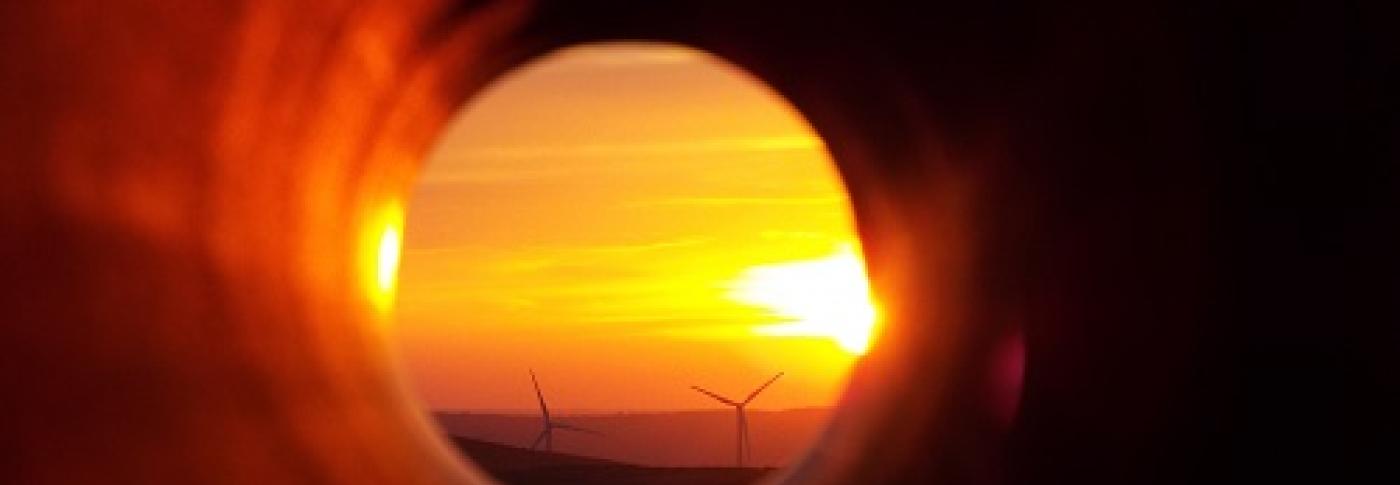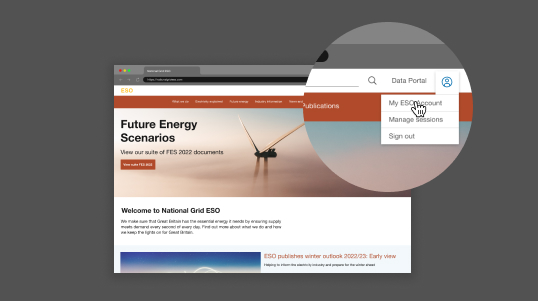
Planning the future electricity network through our Network Options Assessment
25 Jan 2021 - 4 minute read
Head of Networks, Julian Leslie highlights the key messages from this year’s Network Options Assessment (NOA) report and looks at the vital role network planning has to play in achieving a decarbonised energy system.
Every year we run a network planning cycle that looks at how the electricity network needs to evolve, to support the changing energy landscape. Our ambition is to be able to operate a safe and secure zero-carbon electricity system by 2025 and planning the network has a key role to play in helping us to achieve that. The shift to operate a more sustainable, green electricity system means that renewables are making up a larger proportion of the generation mix. To make sure that we can accommodate the increasing amount of zero-carbon generation needed to achieve net-zero by 2050, we need to make sure the existing transmission network capability is future proofed by carrying out reinforcements, which could include the building of new assets such as overhead lines or by introducing new commercial services to manage flows on the network. The NOA provides our recommendations for which reinforcement projects and services should be developed to meet the future network requirements that have been set out in the Electricity Ten Year Statement (ETYS).
NOA and the road to net zero
Each year we publish the NOA to share our recommendations for which reinforcement projects on the National Electricity Transmission System (NETS) should receive investment to help us deliver and operate a zero-carbon electricity network. Following the publication of the ETYS, the TOs and ESO propose options for solving network challenges, which we then evaluate as part of the NOA. The demand and generation background that we use in the ETYS and the NOA come from the ESO Future Energy Scenario (FES) publication.
The data in the FES tells us what generation and demand looks like based on four different credible scenarios, helping us to determine what future power flows on the electricity network look like. We then use this data to produce the ETYS which determines the requirements of the electricity network. Once we know what the future network requirements are, we use the NOA methodology to assess a range of different solutions, sharing our recommendations with industry through the NOA document. The recommendations we make are for the most economic and efficient reinforcements to either proceed, delay, hold or stop. The NOA also carries out interconnector analysis, recommending the optimal amount of interconnection between GB and Europe.
Read the full 2020 Network Options Assessment here.
All our FES scenarios feature a large increase in renewable generation, particularly in the North and East of Great Britain – part of the UK achieving its net-zero climate targets by 2050. This means that over the coming years, unprecedented levels of investment in the transmission network are needed to support the increase in zero-carbon generation and meet climate targets.
Our future recommendations
This year, the NOA assessed a total of 171 options. Of these options, the NOA recommends that 41 asset-based options proceed, with a total cost of £13.9bn and £183m to be invested this year. The NOA also recommends that four ESO-led commercial solutions (market-based approaches to transmission system issues, as opposed to new infrastructure) proceed which will deliver additional consumer benefit of up to £2.1bn.
The NOA’s interconnector analysis suggests that a total interconnector capacity range of between 16.9 to 27.7GW by 2040, between GB and European market will maximise the amount of consumer benefit delivered.
For the first time, this year’s NOA considers the economic benefits of offshore integration within its analysis. Having tested the benefit of a number of conceptual offshore options, solely against constraint reduction, the NOA has found that three conceptual options are economically viable in at least one of the FES scenarios. We are continuing to work with the Offshore Coordination Project and engage with industry to gather feedback on the NOA’s offshore wider work results.
This year we have made the NOA more accessible by publishing our results and analysis online. We are keen to hear your thoughts on the new format in this short survey.
Working in partnership
Our ambition is to be able to operate a zero-carbon electricity system by 2025. This means if the market provides us purely with electricity generated from zero carbon sources, we can run the system without needing to use any extra services that emit carbon. That, alongside the 2050 net zero ambition, is a stretching target and across the industry we need to work together to solve the challenges we currently face so that we can deliver a decarbonised, sustainable energy future. The benefits of a coordinated approach are particularly apparent when it comes to offshore electricity, with savings in both cost and the associated infrastructure required.
We hope you find the document useful and look forward to hearing feedback on the analysis. If you would like to contact the team to give any feedback or ask any questions, please email [email protected].
